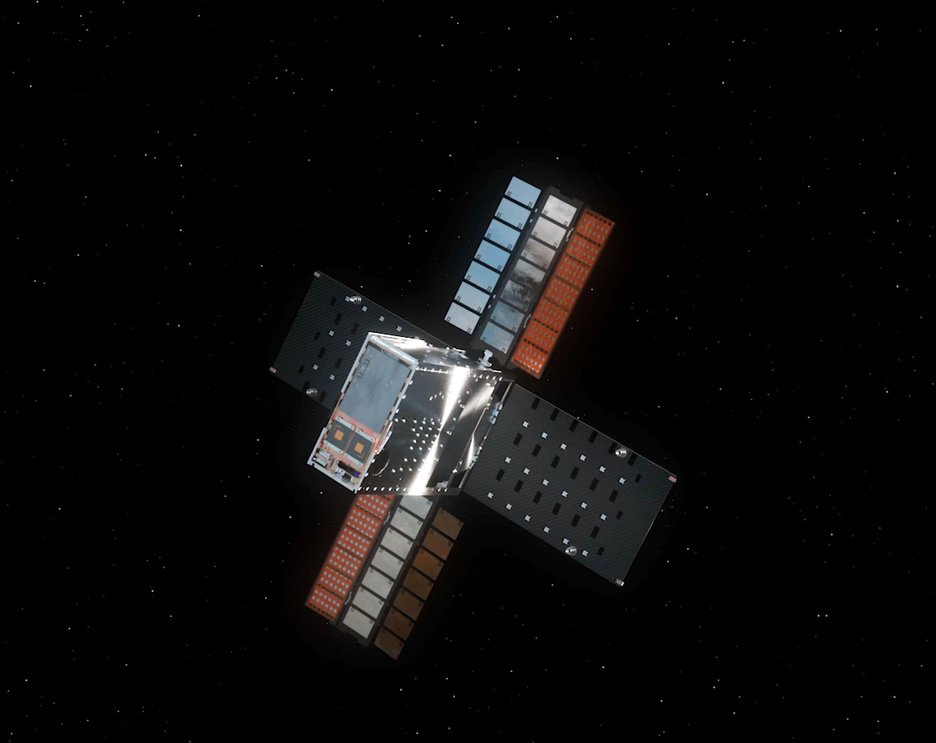 Congratulations to Dr. Barbara Cohen (2000), Principal Investigator for NASA's Lunar Flashlight, which launched successfully on Dec. 11 and has begun its four-month trip to the Moon. Lunar Flashlight is a small satellite on a mission to seek out surface water ice in permanently shadowed craters of the Moon's south pole. Flashlight fans can track the SmallSat using NASA's fully interactive Eyes on the Solar System tool.
Congratulations to Dr. Barbara Cohen (2000), Principal Investigator for NASA's Lunar Flashlight, which launched successfully on Dec. 11 and has begun its four-month trip to the Moon. Lunar Flashlight is a small satellite on a mission to seek out surface water ice in permanently shadowed craters of the Moon's south pole. Flashlight fans can track the SmallSat using NASA's fully interactive Eyes on the Solar System tool.
Lunar Flashlight will use a near-rectilinear halo orbit – designed for energy efficiency – to take it as near as 9 miles to the lunar south pole. The SmallSat has a reflectometer equipped with four lasers that emit near-infrared light in wavelengths readily absorbed by surface water ice. If the lasers hit bare rock or regolith, the light will reflect back to the spacecraft. However, if the target absorbs the light, the presence of water ice would be indicated. The greater the absorption, the more ice there may be.
Data collected by Lunar Flashlight will be compared with observations made by other lunar missions to help reveal the distribution of surface water ice on the Moon for potential use by future astronauts.
Dr. Cohen is a planetary scientist at NASA Goddard Space Flight Center.
Read more about Lunar Flashlight.


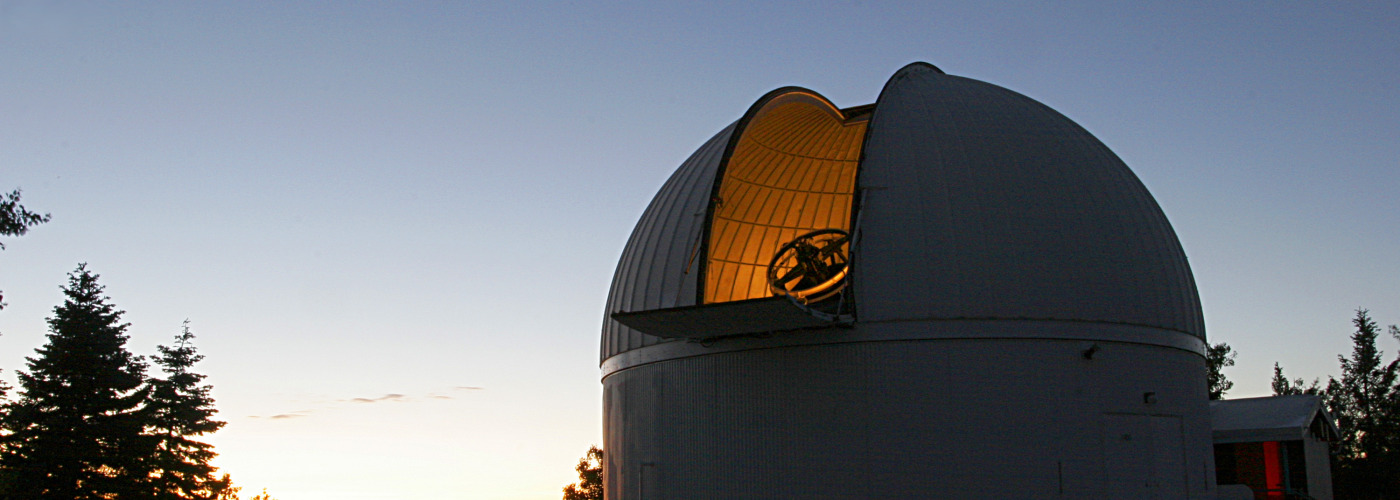

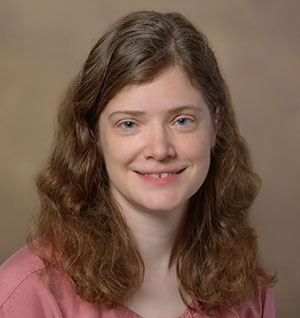
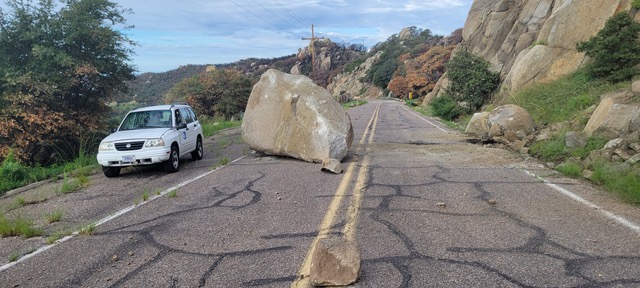
 Brooke Carruthers (Molecular and Cellular Biology major, Astrobiology minor) was been selected as a
Brooke Carruthers (Molecular and Cellular Biology major, Astrobiology minor) was been selected as a 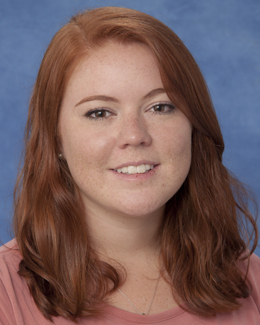 Emileigh Shoemaker is a 2022 recipient of an
Emileigh Shoemaker is a 2022 recipient of an